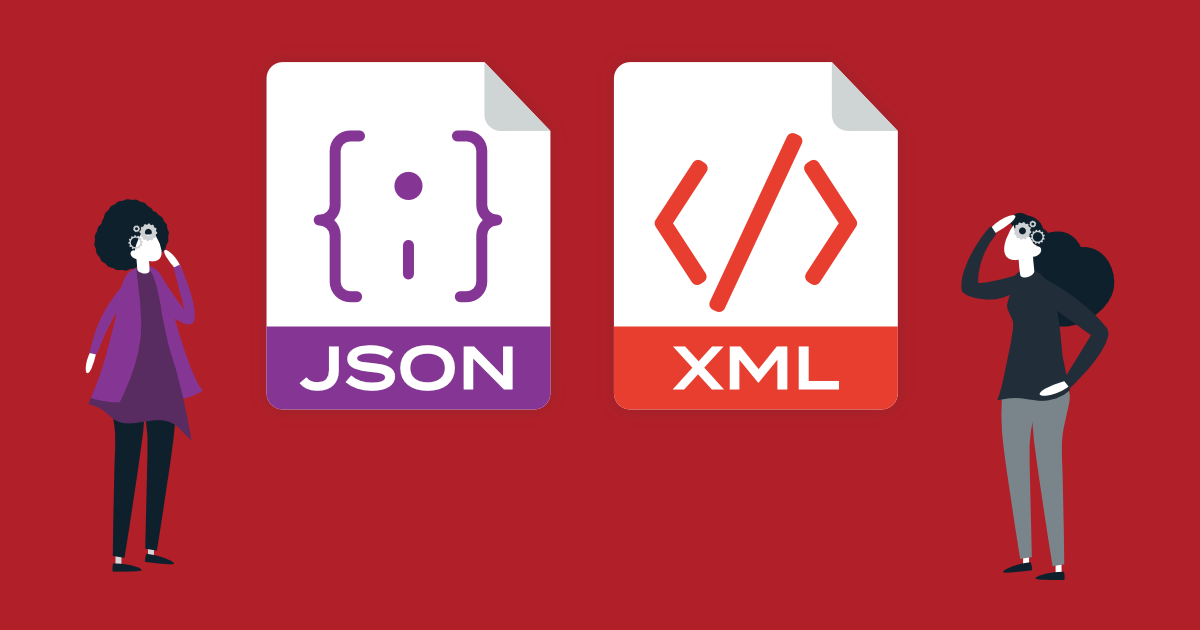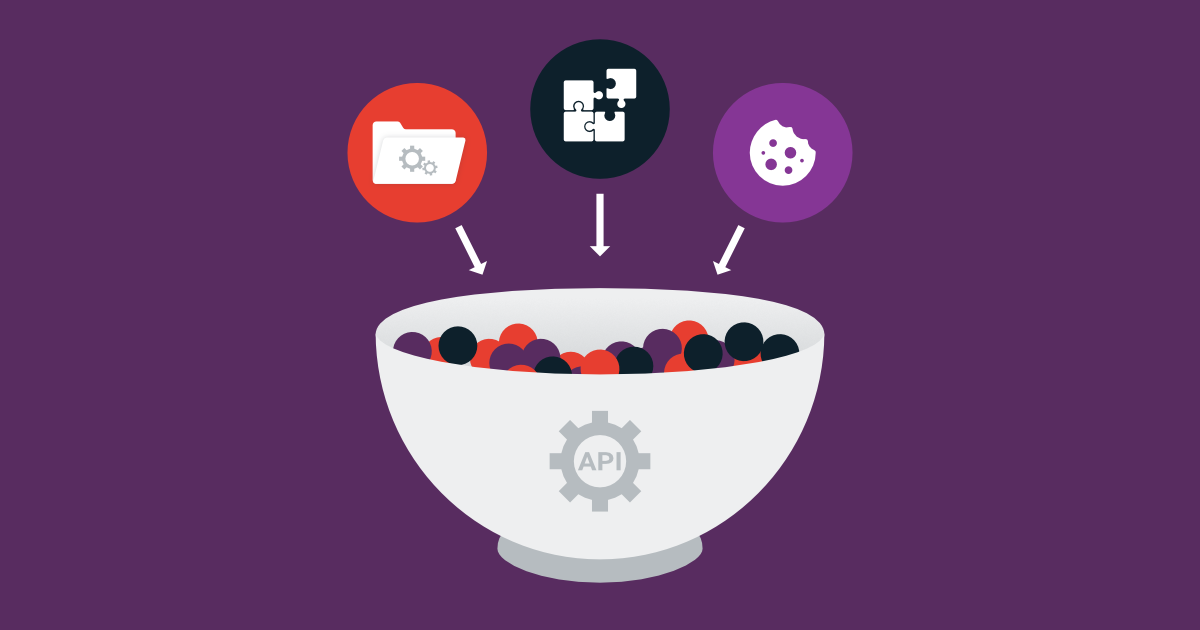As technology continues to evolve, businesses are increasingly relying on APIs to connect their applications and services to databases. APIs provide a way to access and manipulate data stored in databases, making it easier to build powerful and flexible applications.
But connecting APIs to databases is not always straightforward, especially when dealing with different types of databases such as SQL, NoSQL, and in-memory databases. Each type of database has its own strengths and weaknesses, and requires different approaches to connect with APIs.
In this blog post, we'll take a closer look at the process of connecting APIs to different types of databases. We'll explore the differences between SQL, NoSQL, and in-memory databases, and provide tips and best practices for connecting APIs to each type of database.
Why is it important to connect APIs to databases?
Connecting APIs to databases is important for several reasons. Here are a few key reasons why this connection is crucial for modern applications:
Access to Data
Databases are used to store and manage large amounts of data that applications rely on to function. Applications can access the data stored in a database using an API, which acts as an interface between the application and the database. APIs can provide a secure and efficient way for applications to access, retrieve, and manipulate data stored in databases.
Flexibility
APIs can provide a way for applications to communicate and integrate with other applications, regardless of their underlying technology or programming language. By connecting APIs to databases, developers can build applications that are more flexible and can easily integrate with other applications that rely on the same database.
Scalability
Databases are designed to store and manage large amounts of data, and as data grows, so does the need for scalable infrastructure and applications. APIs can help to manage the flow of data between applications and databases, making it easier to handle large amounts of data. By connecting APIs to databases, developers can build applications that can handle the volume of data and can scale as the data grows.
Security
Data stored in databases can be sensitive and requires proper security measures to prevent unauthorized access or data breaches. APIs can be secured using various methods such as authentication, encryption, and access control. By connecting APIs to databases, developers can ensure that data stored in databases is secure and can only be accessed by authorized users.
Performance
The speed and efficiency of an application's interactions with the database can be crucial for the performance of the application. By connecting APIs to databases, developers can optimize the performance of the application and reduce the time it takes to retrieve and manipulate data.
Overall, connecting APIs to databases is important for building powerful and flexible applications that can access and manipulate data stored in databases. By leveraging the power of APIs and databases, developers can create applications that can handle large amounts of data, scale as the data grows, and provide a secure and flexible way to access and manipulate data.
What are the pros and cons of the different types of databases?
SQL Databases
SQL (Structured Query Language) databases are the most common type of databases used in modern applications. They use a tabular format to store data, with each column representing a data type, and each row representing a data record. Examples of popular SQL databases include MySQL, PostgreSQL, and Microsoft SQL Server.
Pros:
- Structured data format provides a clear and consistent way to store and retrieve data.
- Transactions are ACID-compliant (atomic, consistent, isolated, durable), which ensures data integrity and reliability.
- Many mature and widely-used SQL databases are available, which makes them easy to learn and use.
- Excellent support for complex queries and joins, making them ideal for applications that require ad-hoc querying.
Cons:
- Relational data models can be inflexible and may not accommodate complex data relationships.
- Scale-out can be difficult, and performance may suffer as data volumes grow.
- Not designed to handle unstructured or semi-structured data.
NoSQL Databases
NoSQL (Not Only SQL) databases are a newer type of database that can handle unstructured data and scale horizontally. Unlike SQL databases, NoSQL databases do not use a tabular format, and can store data in a variety of ways, including key-value, document, graph, or columnar formats. Examples of popular NoSQL databases include MongoDB, Cassandra, and Redis.
Pros:
- Designed to handle unstructured or semi-structured data, which can make them more flexible than SQL databases.
- Scale-out is easier due to distributed architectures and built-in replication.
Cons:
- Data structures can be complex and may require specialized knowledge to use effectively.
- Transactions may not be fully ACID-compliant, which can impact data reliability.
- Limited support for complex queries and joins.
In-Memory Databases
In-memory databases store data in RAM instead of on a disk. This can significantly improve the performance of database operations, especially for applications that require real-time access to data. In-memory databases can be used in conjunction with traditional disk-based databases, or as standalone databases. Examples of popular in-memory databases include Redis and Apache Ignite.
Pros:
- High-speed data access, which can make them ideal for real-time applications.
- Performance can be several orders of magnitude faster than disk-based databases.
- Minimal I/O bottlenecks, which can improve performance.
Cons:
- Limited capacity due to the high cost of RAM.
- Data persistence can be an issue in the event of power failure or other disruptions.
- Data durability can be compromised if not backed up properly.
Graph Databases
Graph databases are designed to handle highly interconnected data, such as social networks, recommendation engines, or other data that can be represented as a graph. Graph databases use nodes and edges to represent data, with each node representing a data entity, and each edge representing a relationship between entities. Examples of popular graph databases include Neo4j and Amazon Neptune.
Pros:
- Designed to handle highly interconnected data, which can make them ideal for applications that rely on relationships between entities.
- High-performance querying and traversal of relationships.
- Highly flexible data model can accommodate a wide variety of data structures.
Cons:
- Can be complex and difficult to use for some applications.
- Data models can be difficult to design, and may require specialized knowledge.
- Limited support for traditional tabular data.
NoSQL Columnar Databases
NoSQL Columnar databases store data in columns rather than rows, which can improve the performance of certain types of queries, such as those that require aggregations or calculations. Columnar databases are often used in analytics and reporting applications. Examples of popular columnar databases include Apache Cassandra and Amazon Redshift.
Pros:
- Optimized for analytics and reporting, making them ideal for data warehousing and business intelligence applications.
- Excellent support for complex queries, including aggregations and calculations.
- High compression ratios, which can significantly reduce storage requirements.
Cons:
- Limited support for transactional processing, which can make them unsuitable for transactional applications.
- Complex data models can be difficult to understand and use.
- Limited support for traditional row-based queries.
Overall, each type of database has its own strengths and weaknesses, and the best choice depends on the specific requirements of the application. By understanding the pros and cons of each type of database, developers can make informed decisions about which type of database to use for their application.
Steps to connect APIs to databases
The first step in connecting APIs to databases is to choose the right database for your application. Each database has its own strengths and weaknesses, and the right choice will depend on your application's specific needs.
The next step is to choose an API technology that will be used to interact with the chosen database. Some popular options include REST APIs, GraphQL APIs, and RPC APIs.
Once you have chosen a database and API technology, the next step is to connect the API to the database. This typically involves setting up a database connection and writing code to interact with the database using the chosen API technology. Depending on the chosen API technology and database, this can involve configuring a connection string, establishing a connection, and writing SQL or other database-specific queries.
When working with APIs and databases, errors are inevitable. It's important to have robust error handling in place to ensure that your application can handle errors gracefully. This can involve using error codes, logging errors, and alerting developers or administrators when errors occur.
Tips in connecting APIs with SQL, NoSQL, in-memory, graph, and columnar databases
Here's a comparison of the databases in the context of connecting APIs, along with some tips for each:
SQL Databases:
- Use a secure connection (SSL/TLS) to protect sensitive data
- Use prepared statements to prevent SQL injection attacks
- Limit database access by using the least privileged account needed
- Avoid using SELECT * and instead explicitly select the necessary columns
- Optimize queries for performance by indexing frequently accessed columns and avoiding joins with large tables
NoSQL Databases:
- Use a secure connection (SSL/TLS) to protect sensitive data
- Limit access to the database and use role-based access control (RBAC) to restrict permissions
- Normalize data where possible to avoid data duplication and improve performance
- Consider sharding or partitioning data to improve scalability
- Use indexes to optimize queries for performance
In-Memory Databases:
- Use a secure connection (SSL/TLS) to protect sensitive data
- Consider data durability options, such as saving data to disk periodically or using backup/replication strategies
- Use efficient data structures to store and manipulate data in memory
- Optimize queries for performance, such as by using hash tables or bloom filters
- Monitor memory usage and garbage collection to avoid memory leaks and ensure optimal performance
Graph Databases:
- Use a secure connection (SSL/TLS) to protect sensitive data
- Use indexes to optimize traversal performance, particularly for frequently accessed nodes and edges
- Use transactional support to ensure data consistency
- Consider data redundancy and backup/replication strategies to protect against data loss
- Use a schema to enforce data integrity and avoid data inconsistencies
NoSQL Columnar Databases:
- Use a secure connection (SSL/TLS) to protect sensitive data
- Use columnar compression to reduce storage requirements and improve performance
- Optimize queries for performance by selecting only the necessary columns and using columnar storage to avoid reading unnecessary data
- Consider data partitioning strategies to improve scalability
- Use indexes to optimize queries for frequently accessed columns
In general, some best practices that apply to all types of databases when connecting APIs include using secure connections, limiting access to the database, and optimizing queries for performance. By following these guidelines, you can ensure that your API can efficiently and securely interact with your database, regardless of the specific type of database being used.
6 best practices for connecting APIs to databases:
- Choose the Right Database: The first and most important step is to choose the right database for your application. Consider factors such as the type and volume of data you need to store, the required read and write speeds, and the scalability of the database. Make sure that the database you choose is compatible with your API technology and can handle the types of queries your application will need to make.
- Use a Secure Connection: When connecting to a database from an API, it's important to use a secure connection. This can be achieved through methods such as SSL or TLS encryption, which help to ensure that data is transmitted securely over the network. Make sure that the connection string used to connect to the database includes the necessary security parameters.
- Limit Database Access: When creating a connection between an API and a database, it's important to limit access to the database as much as possible. This can be achieved by using a database account with the minimum level of privileges required to perform the necessary operations. For example, if your API only needs to read data from the database, create a read-only account that can't make any changes.
- Use Prepared Statements: When querying a database from an API, it's important to use prepared statements to help prevent SQL injection attacks. Prepared statements allow you to separate the query and the user-supplied parameters, which helps to prevent malicious input from being executed as part of the query. This is particularly important if your API allows user input to be passed directly to the database.
- Implement Caching: To improve performance and reduce the load on your database, consider implementing caching in your API. Caching allows frequently accessed data to be stored in memory, reducing the need to query the database for every request. This can help to improve response times and reduce the load on your database.
- Monitor Performance: Finally, it's important to monitor the performance of your API and database to identify and address any bottlenecks or performance issues. Use tools such as performance monitoring and profiling to track query execution times and resource utilization, and make adjustments as needed to optimize performance.
Connectivity is key: why api-database integration is crucial for modern applications
Connecting APIs to different types of databases is a crucial part of building powerful and flexible applications. Whether you're dealing with SQL, NoSQL, or in-memory databases, it's important to understand the differences between these types of databases and how to connect APIs to them.
By following best practices and optimizing performance, you can ensure that your APIs are fast, secure, and reliable. Whether you're building a simple web application or a complex enterprise system, understanding how to connect APIs to databases is essential for success.





